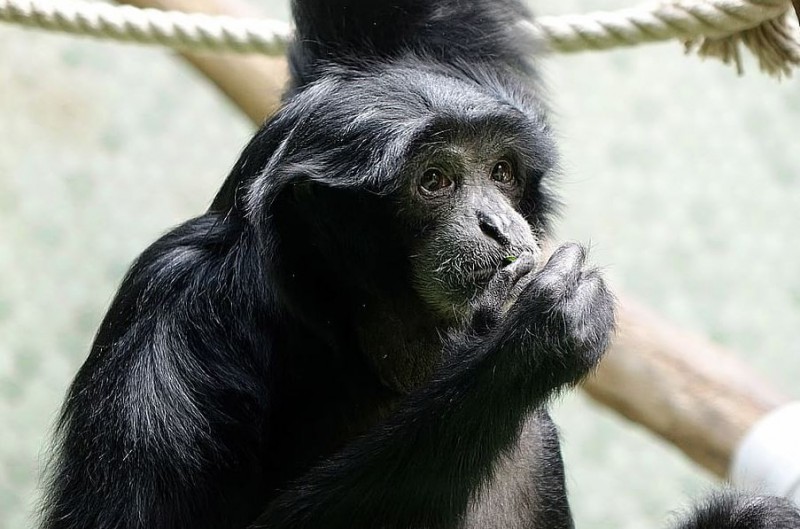
The theory of evolution by natural selection is one of the most revolutionary ideas in the field of biology. It explains how species have changed over time and adapted to their environments. At its core, evolution is the process of heritable changes in populations of organisms over generations. Natural selection, on the other hand, is the driving force behind these changes. It is the process by which certain traits become more or less common in a population based on their impact on survival and reproduction.
Charles Darwin and the Origin of Species
Background and Early Life
Charles Darwin, the British naturalist, was born in 1809 in Shrewsbury, England. He showed a keen interest in nature from a young age and was deeply fascinated by the diversity of life.
The Voyage of the HMS Beagle
In 1831, Darwin embarked on a five-year journey aboard the HMS Beagle, serving as a naturalist. The expedition took him to various regions, including the Galapagos Islands, where he made crucial observations that would later shape his theory of evolution.
On the Origin of Species Publication
In 1859, Darwin published his seminal work, "On the Origin of Species," presenting his theory of evolution by natural selection. The book was met with both acclaim and controversy but eventually transformed our understanding of life on Earth.
Understanding Natural Selection
Variation within Species
Individuals within a population exhibit variations in their traits, such as size, color, or behavior. These variations are the raw materials upon which natural selection acts.
Struggle for Existence
Resources in nature are limited, and populations tend to grow exponentially. This results in a struggle for survival, with not all individuals being able to survive and reproduce to their full potential.
Survival of the Fittest
In this struggle for existence, individuals with advantageous traits that better suit their environment are more likely to survive and pass on those traits to their offspring. Over time, these advantageous traits become more prevalent in the population.
Evidence for Evolution
Fossil Records
Fossil records provide critical evidence of evolutionary changes over time. They reveal the existence of extinct species and the transitional forms that link past organisms to their modern descendants.
Comparative Anatomy
Comparing the anatomical structures of different species reveals striking similarities, indicating a common ancestry. Homologous structures, such as the pentadactyl limb in various vertebrates, provide evidence of shared evolutionary history.
Molecular Evidence
Advancements in molecular biology have allowed scientists to study DNA and genetic material to understand evolutionary relationships between species. Genetic similarities further support the concept of common ancestry.
Mechanisms of Species Adaptation
Genetic Mutations
Genetic mutations are random changes in an organism's DNA. While most mutations have little to no effect, some can provide advantageous traits that increase an individual's chances of survival and reproduction.
Gene Flow
Gene flow occurs when individuals from different populations interbreed, leading to the exchange of genetic material. This can introduce new traits into a population and increase its genetic diversity.
Genetic Drift
Genetic drift is the random change in allele frequencies within a population over generations. It is more pronounced in smaller populations and can lead to significant changes in gene pools.
Natural Selection in Action
Several real-life examples demonstrate natural selection in action, such as the adaptation of pesticide-resistant insects or antibiotic-resistant bacteria in response to human interventions.
Examples of Evolution in Nature
Peppered Moths
The peppered moth in England became a classic example of natural selection. During the industrial revolution, the increase in pollution led to the prevalence of dark-colored moths as they were better camouflaged on soot-covered trees.
Darwin's Finches
On the Galapagos Islands, Darwin observed finches with different beak shapes, each adapted to their specific food sources. This observation highlighted the role of natural selection in shaping beak morphology.
Galapagos Tortoises
The Galapagos tortoises exhibited different shell shapes on different islands, representing adaptations to the local environments and food sources available.
Human Evolution and Adaptation
Evolution of Homo sapiens
The evolution of Homo sapiens, or modern humans, is a fascinating journey marked by various evolutionary milestones, including bipedalism, brain expansion, and the development of sophisticated tools.
Cultural Evolution
Unlike other species, humans have also undergone cultural evolution, where knowledge and ideas are transmitted across generations, contributing to our adaptability and success as a species.
Modern Human Adaptations
Modern humans have continued to adapt to various environments, such as high-altitude regions or extreme climates, showcasing the ongoing nature of evolution.
Debates and Challenges to Evolutionary Theory
Creationism and Intelligent Design
Evolution has faced opposition from some religious groups advocating for creationism or intelligent design, which propose alternative explanations for the diversity of life.
Misunderstandings and Misconceptions
Public understanding of evolution has sometimes been clouded by misunderstandings and misconceptions, leading to skepticism and resistance to accepting the overwhelming evidence.
The Importance of Understanding Evolution
Medical Applications
Understanding evolution has significant implications for medicine, such as the development of vaccines and antibiotics, as well as the study of human diseases and their genetic basis.
Conservation and Biodiversity
Evolutionary biology plays a vital role in conservation efforts, helping us understand the relationships between species and ecosystems and guiding strategies to protect biodiversity.
The theory of evolution by natural selection has transformed our understanding of life on Earth. Through the works of Charles Darwin and countless other scientists, we have come to appreciate the interconnectedness of all living organisms and the mechanisms that drive adaptation and diversification. Evolution remains a central concept in biology, and its implications extend far beyond the field itself, shaping our understanding of the natural world and our place in it.
Govt Action Looms for Twitter after Viral Video of Manipur Women Paraded Naked
Manipur Unrest: CM Urges Thorough Probe into Viral Video's Authenticity
Sonia Gandhi Urges PM Modi for Manipur Discussion in Parliament